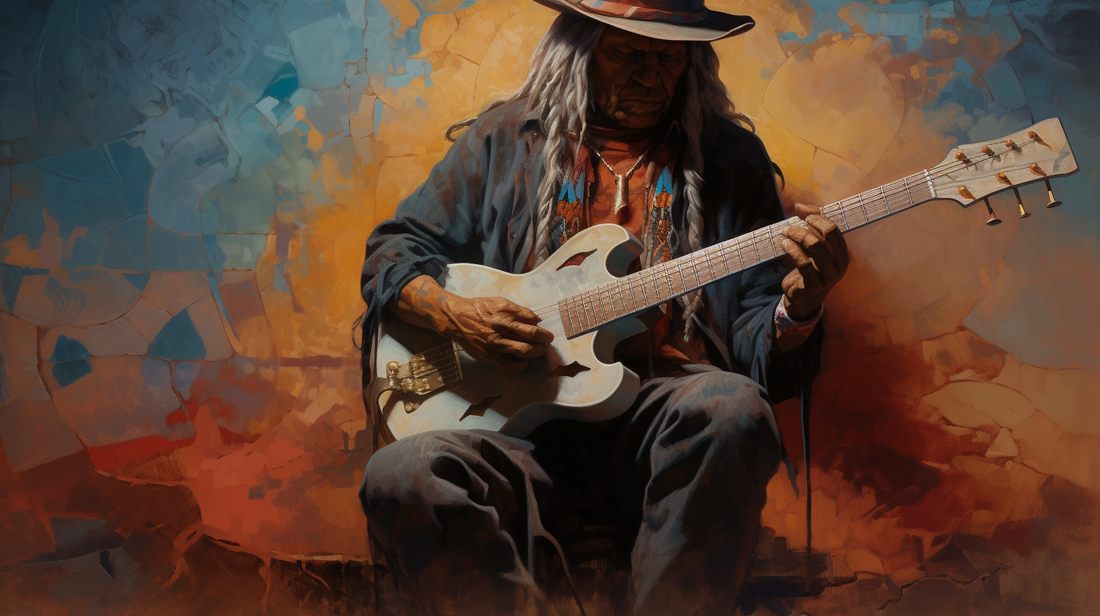
Mastering the Art of Fingerstyle Guitar Playing
Share
In the vast world of guitar playing, one technique stands out for its intricacy, expressiveness, and sheer beauty: fingerstyle guitar. As musicians embark on the journey of mastering this unique approach, they discover a world of possibilities that transcends the conventional boundaries of pick-based playing.
Understanding Fingerstyle Guitar: The Basics
Fingerstyle guitar, as the name suggests, involves using the fingers instead of a pick to pluck the strings. This technique allows for a more nuanced and dynamic range of expression, as each finger can be assigned to a specific string, giving the player greater control over tone and volume.
The Foundations: Right Hand Techniques
A crucial aspect of fingerstyle guitar lies in mastering various right-hand techniques. These include the well-known Travis picking, where the thumb alternates between bass notes, and the fingers play melody or harmony. Additionally, classical guitar techniques, such as arpeggios and tremolos, contribute to the rich tapestry of fingerstyle playing.
Versatility Across Genres
One of the most remarkable aspects of fingerstyle guitar is its versatility. Whether it's folk, blues, classical, or even contemporary genres, fingerstyle players can adapt their technique to suit a wide array of musical styles. The ability to seamlessly blend melody and accompaniment creates a full and satisfying sound that captivates listeners.
Building Dexterity and Independence: Left Hand Techniques
While the right hand plays a pivotal role in fingerstyle technique, the left hand is equally important. Fingerstyle players often develop exceptional finger independence and dexterity, allowing them to execute intricate chord progressions, slides, and hammer-ons with precision. This combination of skill sets opens up a world of possibilities for musical expression.
The Emotional Resonance of Fingerstyle Guitar
Beyond technical prowess, fingerstyle guitar has an innate ability to convey emotion and tell a story. The direct connection between the fingers and the strings allows for subtle nuances in dynamics, articulation, and phrasing, enabling the player to evoke a wide range of emotions. It's this emotional resonance that sets fingerstyle playing apart and leaves a lasting impact on both the performer and the audience.
In conclusion, fingerstyle guitar is a captivating journey that marries technique, emotion, and versatility. Aspiring players can dive into this art form, exploring its various techniques and adapting them to their preferred musical genres. With a harmonious blend of skill and creativity, fingerstyle guitarists create musical landscapes that resonate deeply with both themselves and their audience.
